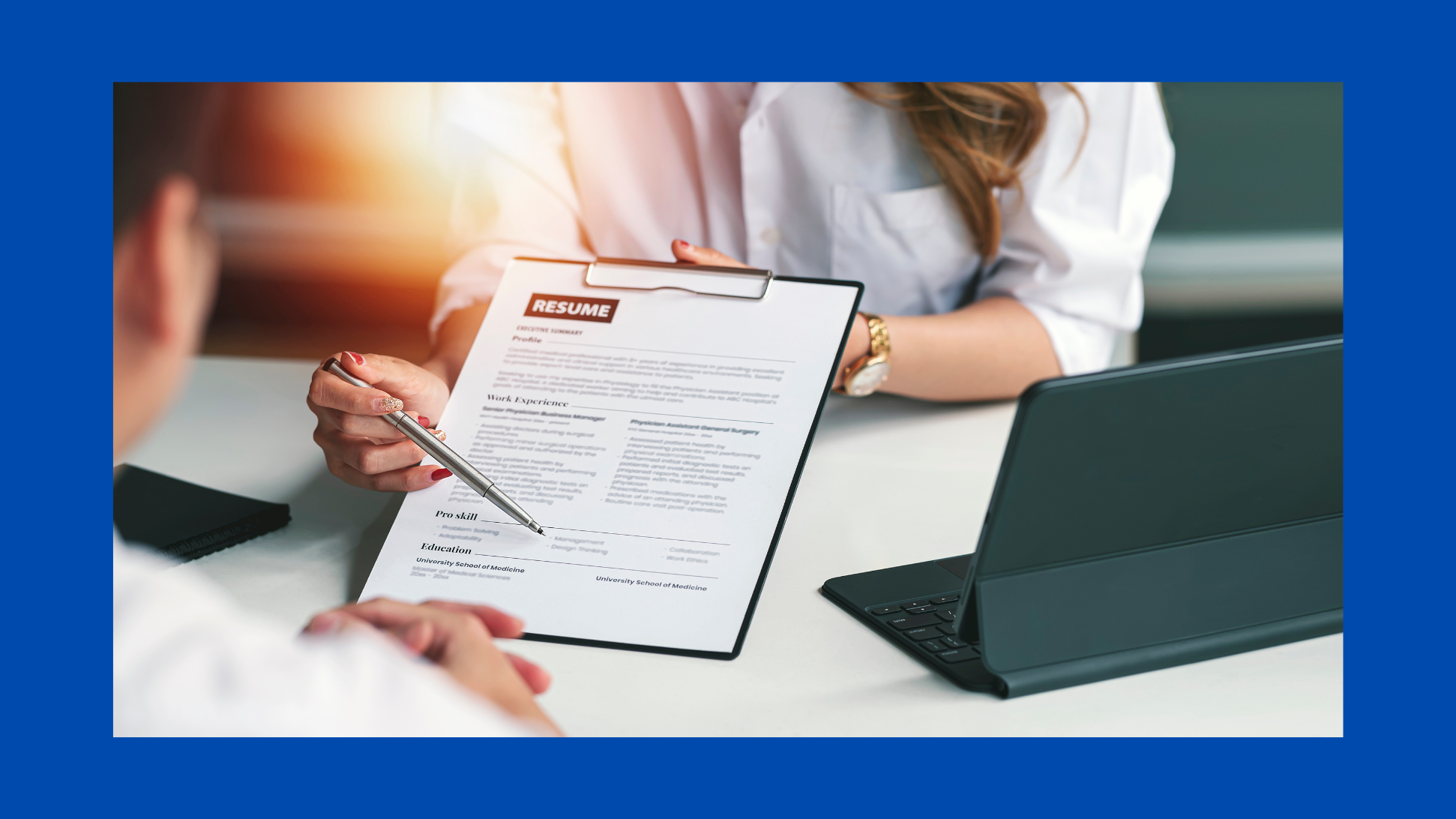
The Importance of LinkedIn for Students
March 4, 2022
Words and Phrases to Avoid on Your Resume
June 8, 2022The adage “communication is key” has many applicable uses and is especially true in the workplace. While some companies are adopting communication tools such as Slack, Teams, Trello, and Google Chat as primary communication methods, according to The American Genius, the most common form of workplace communication is email. “There appears to be a general consensus that while social networks are useful to achieve work-related goals, email remains the undisputed communications tool in the enterprise.” And email is an effective tool when it’s used correctly.
Have you ever received an email that was confusing? Have you ever sent an email that might have been unclear? These situations are frustrating–especially in the workplace where people are often relying on email to do their jobs. However, email communication can be greatly improved by adhering to some basic email etiquette guidelines–both when sending and replying to emails.
Sending Email
Correct email format is essential. Keep these five basic rules in mind:
- Include a subject line. Always make sure it states the purpose of the email.
- Use professional greetings. Use Dear John or Hello Pat. Not, Hey!
- Write in complete sentences. Avoid fragments. Be precise but also succinct. Your email should not leave room for interpretation.
- Keep it professional. No memes or jokes. Use emojis very sparingly. Don’t forward non-work-related mass emails.
- Proofread, proofread, proofread! Never hit send before rereading what you’ve written–at least twice!
Unsure if your email is good to go? Ask yourself whether it passes the “New York Times Test”–in other words, don’t write anything you wouldn’t want to read about on the front page of the New York Times. Once you hit send, you no longer have control over your message.
Replying to Email
How you respond (or don’t respond) matters. Keep the following in mind:
- Reply in a timely manner. As a general rule, many experts agree to respond as quickly as possible and to make sure it’s at least within 24 hours (and within business hours).
- Reply to every email. Yes, every single one. Even if you’re just saying Thank you! It lets the sender know you received it. You may want to set up an auto-reply that lets the sender know you will respond ASAP or, if the email has depth, send a quick reply saying you’ll follow up with a lengthier response as soon as you have the chance.
- Do not “Reply All.” Unless everybody on the thread actually needs what you are sending, don’t do it. Only reply to a specific person(s).
As the workforce continues to rely more and more on digital communication, it is becoming more important that we fine-tune our email skills to ensure a communicative, productive, and successful work environment.

